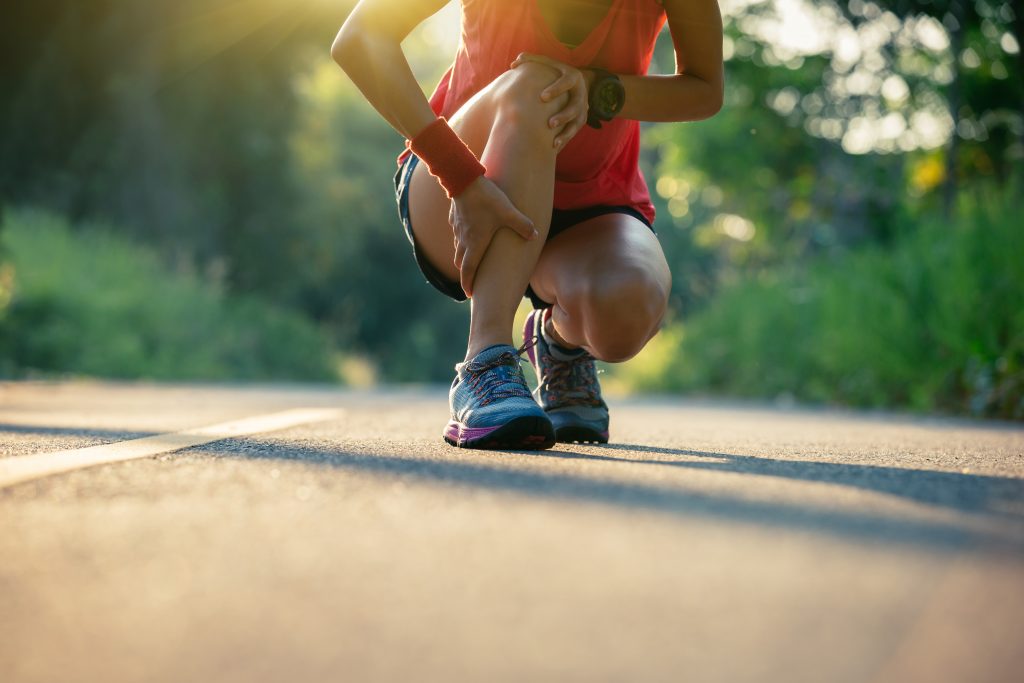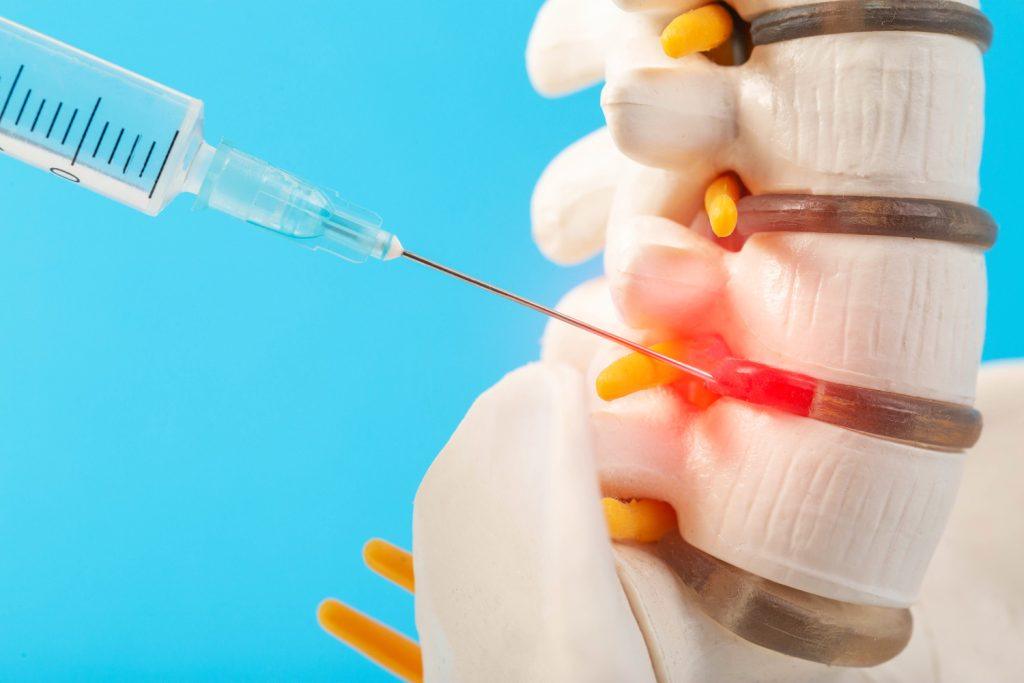How PRP Injections Promote Healing in Sports Injuries

Getting hurt while playing your favorite sport can leave you on the sidelines. Recovery often takes longer than expected. To solve this problem, PRP injections are being used more often now in clinics and sports medicine. They can speed up healing when standard treatments don’t seem to be enough.
To give you a better understanding, we will explain how PRP promotes healing. You’ll learn how this treatment works, which sports injuries it can help with, and why more people are choosing it. We’ll also discuss what you should expect from the process, the possible outcomes, and how long PRP healing could take.
At Surgery Consultants of Florida, we provide trusted regenerative injection therapies for sports injuries and conditions. Read more to learn how our PRP treatments can help you have better injury recovery results.
Understanding PRP Injections: A Natural Boost for Healing
PRP injections, also known as platelet-rich plasma therapy, use your own blood to support recovery in a simple, focused way. This method is different from traditional sports injury treatment, which often involves strong medications or surgery. With PRP, a small blood sample gets spun in a machine. This separates the plasma, which contains a high amount of healing platelets. That concentrated mix is then injected directly into the injured area.
This process is a type of regenerative therapy. It helps your body heal faster using its own resources. The platelets release growth factors, which help tissue repair more effectively. That’s why PRP therapy is popular in orthopedic care and sports medicine. It’s used for muscle strains, joint pain, ligament injuries, and more.
Many call this a plasma treatment, though the real power comes from the platelets inside the plasma. This non-surgical sports injuries treatment often allows the patient to avoid surgery and long downtime. It can result in a faster, more natural recovery for active people.
If you’ve tried other treatments without progress, PRP injections may be worth considering. They focus on repair, not just symptom relief. That’s a major reason many athletes and active individuals are turning to it.
What Injuries Can PRP Injections Help Heal in Sports Recovery?
PRP injections are quite common in sports medicine because they help the body heal faster without surgery. These treatments support tissue repair in a natural way. For many athletes, this means less downtime and a quicker return to activity. Below are some of the most common sports injuries you can treat with PRP injections.
Support for Tendon Pain and Tears
Tendons heal slowly due to limited blood flow. PRP injections can speed up healing in areas like the elbow, shoulder, and even Achilles tendon. This makes them helpful for tendon repair when treating conditions such as tennis elbow, rotator cuff problems, or Achilles tendinitis.
Help With Muscle Strains and Tears
Muscle injuries happen in sports that involve sudden movement or strain. PRP injections for athletes can repair muscle fibers and reduce inflammation. They are often used for hamstring and calf strains.
Faster Recovery for Ligament Sprains
Sprained or partially torn ligaments take time to heal. With PRP injections, athletes with knee, ankle, or elbow injuries can experience quicker and stronger ligament healing.
Relief for Joint Pain and Cartilage Damage
Joint pain from overuse or cartilage breakdown can limit your movement. PRP for sport injuries can help you manage this discomfort by reducing swelling and potentially improving joint healing in the knees, shoulders, or hips.
Why PRP Injections May Help Long After the Injury Heals
Aside from short-term relief, PRP injections can help you in other ways. They work with your body to improve recovery and function over time. Many patients even see lasting changes in how they move and feel after consistent PRP treatment. Below are several long-term advantages of this approach:
- Provides lasting pain treatment by addressing damaged tissue instead of just hiding symptoms
- Encourages full athletic recovery without surgery in many mild or moderate cases
- Promotes natural healing with PRP, using your own blood for safer, low-risk healing
- Helps preserve motion and joint strength after sports injury treatment
- Boosts healing of tendons and muscles during injury rehab, lowering reinjury risk
- Provides real PRP therapy benefits like faster tissue rebuilding in joints and ligaments
- May delay joint surgery or even prevent it, especially in early arthritis cases
- Works well with other treatments as part of long-term platelet therapy care plans
Choosing PRP injections means you’re investing in your body’s ability to heal over time. This option fits well for people who want results that go beyond quick fixes. Long-term healing starts with better care from the inside out.
What Happens During a PRP Injection Appointment?
Understanding what happens during a session can help you feel more prepared. If you’re an athlete dealing with a joint or soft tissue injury, here’s what to expect during a typical visit:
- Your provider will review your condition using physical exams or imaging to confirm injury details.
- A small amount of blood will be from your arm, usually about 10 to 30 ml.
- The blood goes into a machine that spins and separates it for platelet-rich plasma.
- The provider draws the plasma into a syringe and prepares for injection.
- An ultrasound may help guide the needle into the right area, especially for joints or soft tissue.
- PRP for muscle and tendon injuries is injected directly into the damaged tissue.
- The entire healing therapy session usually lasts less than one hour.
- You may feel some soreness for a few days, which is a normal part of the injury therapy response.
- Most people return home the same day without restrictions.
PRP injections are part of ongoing regenerative therapy for sports injuries. You might need more than one session, depending on how severe the injury is. Each step focuses on comfort and careful healing.
What to Expect After PRP Injections: The Recovery Process
PRP injections begin working under the surface even before you feel results. While the treatment is fast, full healing takes time. Here’s what to expect throughout the PRP recovery journey:
- You may experience mild soreness in the first 1 to 3 days after your session.
- Some people get one treatment, while others may need two or three spaced apart.
- Over time, many report better flexibility, less pain, and improved daily function.
- Full benefits from PRP injections usually develop within 4 to 6 weeks.
After the PRP session, here’s what you need to do and what you should avoid:
- Rest during this phase is important for starting the PRP healing process.
- Avoid strenuous activities or workouts while your tissue begins early repair.
- Do not use anti-inflammatory medications like ibuprofen or naproxen for about two weeks.
- Your provider may suggest simple movement or stretching after the initial rest phase.
- A guided therapy plan may follow, focusing on a range of motion and strength.
- Tracking progress during recovery for PRP therapy helps shape follow-up care.
The effectiveness of PRP depends on your injury, activity level, and how well you follow the recovery steps. You can’t rush your healing—it requires consistent care and movement.
Personalized PRP Care at Surgery Consultants of Florida
At Surgery Consultants of Florida, our goal is to help active individuals recover from injury with medical care that fits their needs. Our team provides PRP injections to support healing for joint, tendon, and soft tissue issues. These treatments help reduce inflammation and promote natural repair.
Our clinics use advanced tools and guided injections for accurate care. We treat both sudden injuries and long-term problems. Whether you’re managing chronic pain, recovering from sports strain, or dealing with joint discomfort, we offer real solutions.
We often combine PRP injections with physical therapy to improve muscle recovery and movement. We also offer other options like pain management, spine procedures, and orthopedic support.
We believe good care should be clear, honest, and tailored specifically to each person. Our providers are always ready to walk you through every step and keep your recovery goals in focus. If you’re ready for effective athletic therapy, we’re here to help. Contact us today to learn more.
Warning: urlencode() expects parameter 1 to be string, array given in /www/wwwroot/surgeryconsultantsofflorida.com/wp-includes/formatting.php on line 5693

